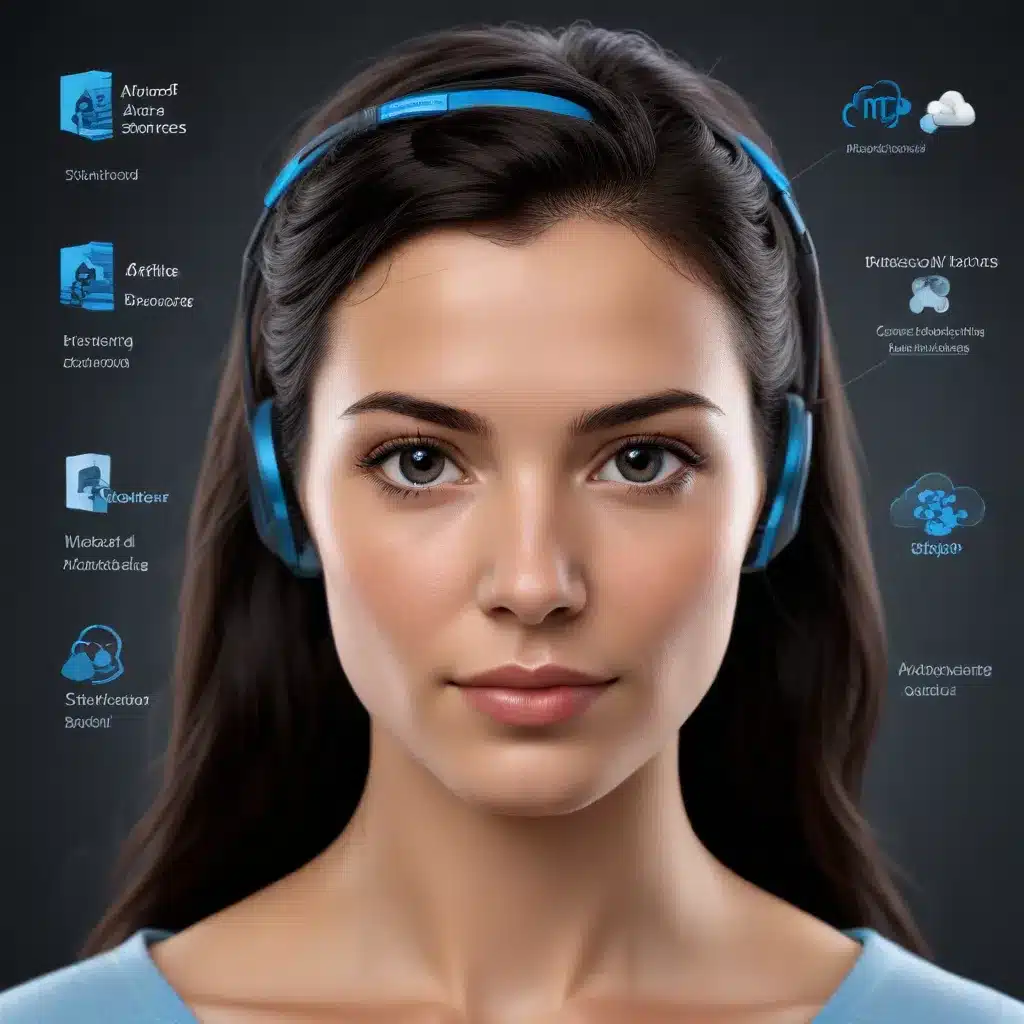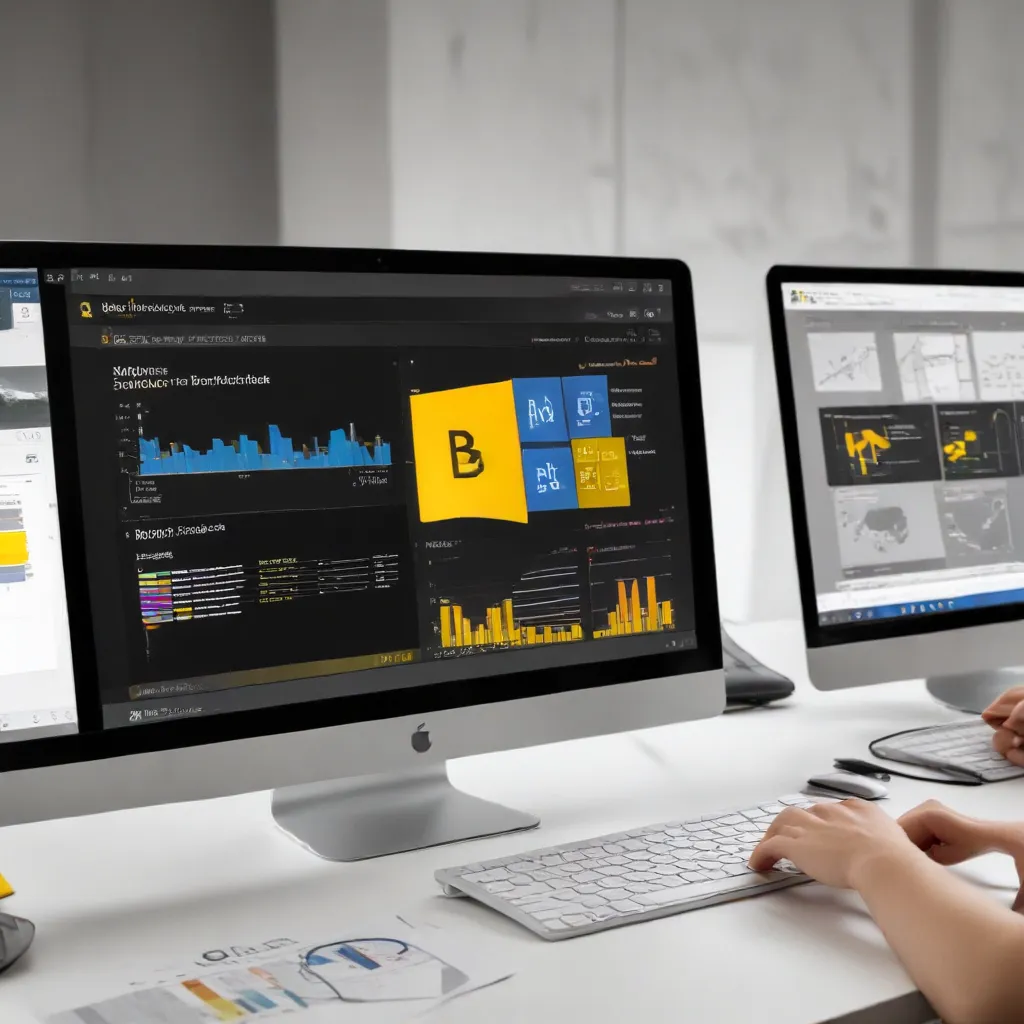
Understanding Bluetooth Audio Challenges in Windows
As a seasoned IT professional, I’ve encountered my fair share of Bluetooth audio problems in Windows. Whether it’s choppy playback, audio sync issues, or the inability to connect Bluetooth devices, these frustrations can be a real pain point for users. However, with the right troubleshooting steps and a bit of technical know-how, many of these problems can be resolved.
In this comprehensive guide, we’ll dive deep into the common Bluetooth audio challenges faced by Windows users and provide practical, step-by-step solutions to get your audio devices back on track. By the end of this article, you’ll be equipped with the knowledge and tools to tackle even the most stubborn Bluetooth audio problems and enjoy seamless wireless audio experiences.
Troubleshooting Bluetooth Audio Connectivity Issues
One of the most frequent issues users encounter with Bluetooth audio is the inability to connect or pair their devices. This can be due to a variety of reasons, ranging from outdated drivers to hardware incompatibilities. Let’s explore some effective troubleshooting steps to address these connectivity problems.
Update Bluetooth Drivers
Outdated or incompatible Bluetooth drivers can be a significant contributor to connectivity issues. Ensure that you have the latest drivers installed for your Bluetooth hardware by following these steps:
- Open the Device Manager by searching for it in the Windows search bar.
- Locate the Bluetooth section and right-click on the Bluetooth device.
- Select Update driver and choose the “Search automatically for updated driver software” option.
- Follow the on-screen instructions to install the latest driver.
If the automatic update fails or doesn’t resolve the issue, you can try downloading the latest Bluetooth driver directly from your computer or device manufacturer’s website.
Remove and Reconnect Bluetooth Devices
Sometimes, the simple act of removing and reconnecting a Bluetooth device can resolve connectivity problems. Here’s how to do it:
- Go to Settings > Bluetooth & devices.
- Select the Bluetooth device causing issues and click Remove device.
- Once the device has been removed, try pairing it again.
During the reconnection process, ensure that the Bluetooth device is in discoverable mode and that the Windows Bluetooth settings are enabled.
Check for Bluetooth Incompatibility
While Bluetooth is a widely adopted standard, there can be instances where certain Bluetooth devices may not be compatible with your Windows system. This could be due to hardware limitations, software conflicts, or issues with the Bluetooth protocol version.
If you’ve tried the previous steps and are still experiencing connectivity problems, consider checking the manufacturer’s website or documentation to ensure that your Bluetooth device is compatible with your Windows version and hardware.
Resolving Bluetooth Audio Quality and Playback Issues
Even when Bluetooth devices are successfully connected, users may still encounter problems with audio quality, such as stuttering, choppy playback, or audio sync issues. Let’s explore some troubleshooting steps to address these audio-related problems.
Disable Bluetooth LE Enumerator
In some cases, the presence of the Bluetooth LE (Low Energy) Enumerator in the Device Manager can cause Bluetooth audio playback issues. To resolve this, follow these steps:
- Open the Device Manager.
- Locate the Bluetooth section and find the “Bluetooth LE Enumerator” entry.
- Right-click on the Bluetooth LE Enumerator and select Disable device.
This will disable the Bluetooth LE Enumerator, which may help improve the audio quality and stability of your Bluetooth connection.
Update Audio Drivers
Just like with Bluetooth drivers, outdated or incompatible audio drivers can also contribute to Bluetooth audio problems. Follow the same steps as in the “Update Bluetooth Drivers” section to ensure that your audio drivers are up-to-date.
Adjust Audio Settings
Sometimes, the issue may lie in the audio settings within Windows. Try the following steps to optimize your audio settings for Bluetooth devices:
- Right-click on the Volume icon in the system tray and select Open Sound settings.
- In the Sound settings, click on the Playback tab and locate your Bluetooth audio device.
- Right-click on the Bluetooth device and select Set as default device.
- Ensure that the Bluetooth device is enabled and not disabled or set to “Do not use”.
If the Bluetooth device is not appearing in the Playback tab, try the following:
- Open the Device Manager.
- Locate the Bluetooth section and find your Bluetooth audio device.
- Right-click on the device and select Properties.
- In the Properties window, go to the Advanced tab and ensure that the Audio Sink or Audio Source options are enabled.
Check for Software Conflicts
In some cases, third-party audio enhancement or processing software can interfere with Bluetooth audio playback. If you have any such software installed, try disabling or uninstalling it to see if it resolves the audio quality issues.
Troubleshooting Bluetooth Microphone and Voice Issues
In addition to audio playback problems, users may also encounter issues with Bluetooth microphones or voice functionality. Let’s explore some solutions to these challenges.
Verify Microphone Settings
Ensure that your Bluetooth microphone is properly configured as the default input device in Windows:
- Right-click on the Volume icon in the system tray and select Open Sound settings.
- In the Sound settings, click on the Recording tab and locate your Bluetooth microphone.
- Right-click on the Bluetooth microphone and select Set as default device.
If the Bluetooth microphone is not appearing in the Recording tab, try the following:
- Open the Device Manager.
- Locate the Bluetooth section and find your Bluetooth microphone device.
- Right-click on the device and select Properties.
- In the Properties window, go to the Advanced tab and ensure that the Audio Source option is enabled.
Disable Hands-Free Profile
Some Bluetooth headsets or earbuds may have a hands-free profile enabled, which can cause issues with the microphone functionality. To resolve this, try disabling the hands-free profile:
- Open the Device Manager.
- Locate the Bluetooth section and find your Bluetooth microphone device.
- Right-click on the device and select Properties.
- In the Properties window, go to the Services tab and uncheck the Hands-Free Telephony option.
- Click OK to save the changes.
Check for Conflicting Audio Devices
Similar to the audio playback issues, the presence of other audio devices or software can interfere with the Bluetooth microphone’s functionality. Ensure that no other audio devices or software are competing for the microphone input, and try disabling or uninstalling any conflicting applications.
Optimizing Bluetooth Audio Performance
In addition to troubleshooting specific issues, there are a few general tips and best practices you can follow to optimize the overall performance and reliability of your Bluetooth audio experience in Windows.
Maintain a Clear Line of Sight
Bluetooth is a wireless technology, and its performance can be affected by physical obstructions, interference, and distance. Ensure that your Bluetooth devices have a clear line of sight and are not separated by walls, furniture, or other obstacles.
Avoid Interference Sources
Bluetooth operates on the 2.4GHz frequency, which can be susceptible to interference from other wireless devices, such as Wi-Fi routers, microwaves, and cordless phones. Try to position your Bluetooth devices away from these potential interference sources.
Keep Bluetooth Devices Updated
Regularly check for and install the latest firmware updates for your Bluetooth devices, as manufacturers often release updates to address known issues and improve performance.
Consider Bluetooth Dongle Upgrades
If your built-in Bluetooth adapter is outdated or underperforming, consider upgrading to a higher-quality Bluetooth dongle or adapter. This can provide better range, stability, and audio quality for your Bluetooth connections.
By following these troubleshooting steps and optimization tips, you’ll be well on your way to resolving your Bluetooth audio problems and enjoying a seamless wireless audio experience on your Windows devices. Remember, if you continue to experience persistent issues, don’t hesitate to reach out to the IT Fix blog community or your device manufacturer for further assistance.












